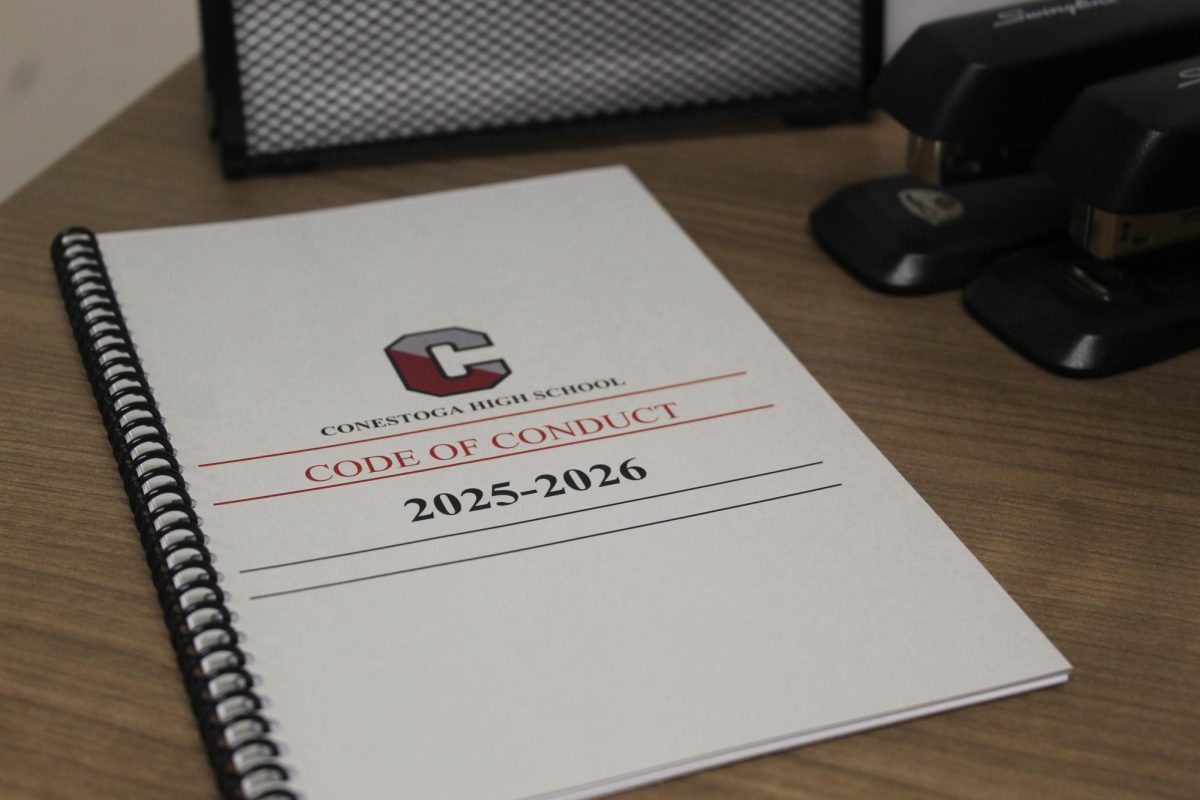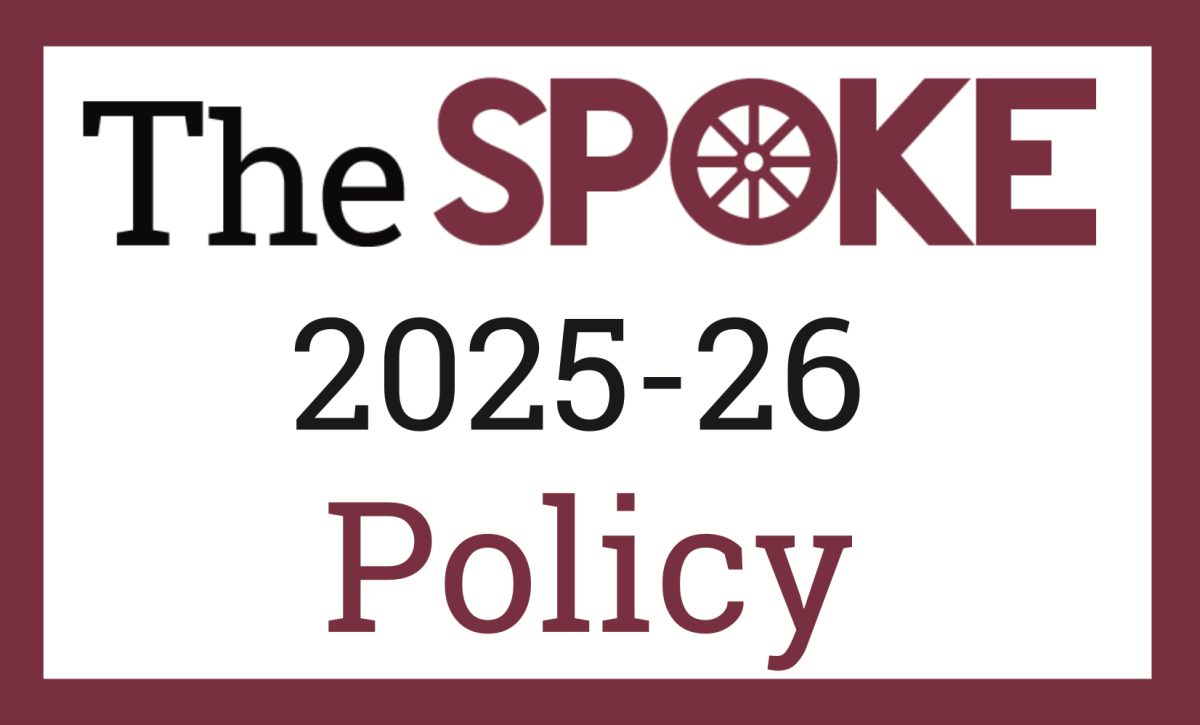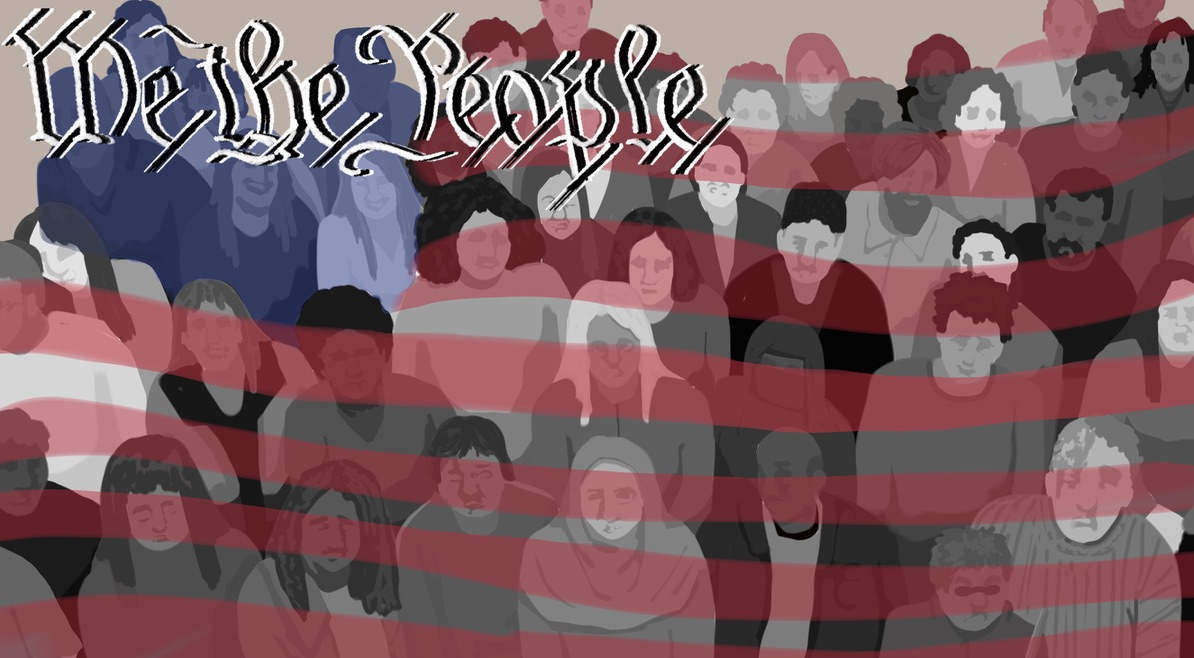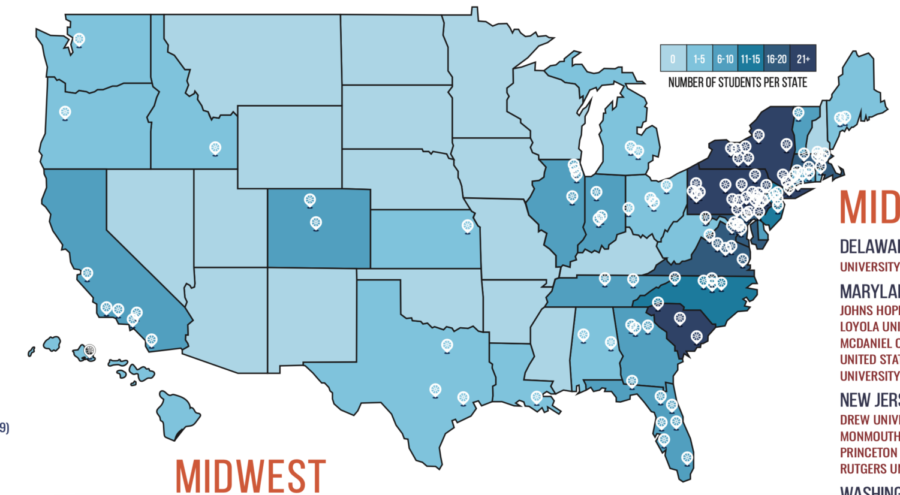By Shrija Krishnan, Business Manager
Historically, Congress has altered the governmental structure of the United States by amending the Constitution to reflect shifts in society. The judiciary is now in need of similar reform. The nine justices who preside over the Supreme Court of the United States (SCOTUS) are responsible for the ultimate interpretation and application of the nation’s laws. SCOTUS justices, who serve lifetime appointments, are only appointed following the retirement or death of an existing justice. In the rare event of a court vacancy, the president nominates a prospective justice, who then joins the court following Senate confirmation.
The issue is that not every presidency will coincide with a SCOTUS vacancy, introducing an element of randomness into the judicial nomination process and allowing select presidents to disproportionately influence the judiciary. Last October, two senators introduced the Supreme Court Term Limits and Regular Appointments Act of 2021 in the House of Representatives in an effort to equalize SCOTUS appointments. If enacted, the legislation would create staggered 18-year terms for justices, creating one SCOTUS vacancy every two years and ensuring that every president is able to nominate two candidates during a four-year term.
As outlined in “Federalist 78,” part of a collection of articles and essays in which Alexander Hamilton, John Jay and James Madison advocated for the ratification of the Constitution, critics of SCOTUS term limits counter that lifetime tenure insulates justices from external political pressures, enabling justices to solely consider the legal merit of cases. But what kind of political interference does lifetime tenure protect against, and what kind of corruption does it facilitate? Reports in 2023 of Justice Clarence Thomas accepting luxury trips from Republican donors without disclosure not only illustrate that life appointments fail to fully insulate the judiciary from partisan influence, but are also evidence of the corruptibility of SCOTUS justices themselves.
Furthermore, if the purpose of lifetime SCOTUS tenure is to limit political interference in judicial deliberation, the current method of appointing justices is anything but apolitical. The rarity of SCOTUS vacancies is an arguably greater incentive for presidents to nominate justices based on political leanings rather than judicial scholarship in a partisan effort to “pack the court.”
In addition to the politicization of SCOTUS appointments, critics often use declining public opinion as a rationale to change the court. Following a series of recent controversial SCOTUS rulings, a study by the Pew Research Center in 2023 found that less than half of Americans express favorable views of the Supreme Court — a historic low.
But as constitutional originalists point out, the judiciary purposefully does not act on the whim of the people, as that is the function of the legislature. As Hamilton writes in “Federalist 78,” the gradual turnover of the Supreme Court is essential to maintaining its legitimacy in the eyes of the American people. Rampant changes in judicial doctrine can lead to legal inconsistencies that may induce social chaos.
In theory, gradual change is an important safeguard against drastic changes to our governmental structure. However, in the context of the systematic denial of basic human rights throughout American history, this philosophy is an obstacle to change rather than a safeguard of democracy. At what point does the need for radical reform, illuminated by societal shifts, outweigh the idealistic desire to maintain legitimacy?
By equalizing the judicial nomination process, the SCOTUS term limit proposal would allow the American people to hold presidential candidates accountable for prospective judicial nominations. This would diversify the court, as candidates would attempt to appeal to key historically underrepresented voter demographics through prospective judicial nominations. Although some view high turnover as detrimental to the judicial deliberation process, term limits will likely enhance deliberation by introducing diverse perspectives into the judicial conversation.
Any proposition to change the Constitution, the legal foundation of the United States, will be met with widespread polarization. Resistance to altering the document is not only merited, but should be encouraged. The framers of the Constitution, who recognized the dangers of drastic governmental restructuring, deliberately complicated the process of amending the document.
However, our nation’s founders ultimately intended to create a representative democracy wherein the Constitution and government at large derive power from and reflect the beliefs of the American people. Using the Constitution’s original text as justification for preserving outdated governmental structures amid widespread societal dissatisfaction not only misinterprets the founders’ intentions, but is plainly undemocratic.
Shrija Krishnan can be reached at [email protected].






















































































